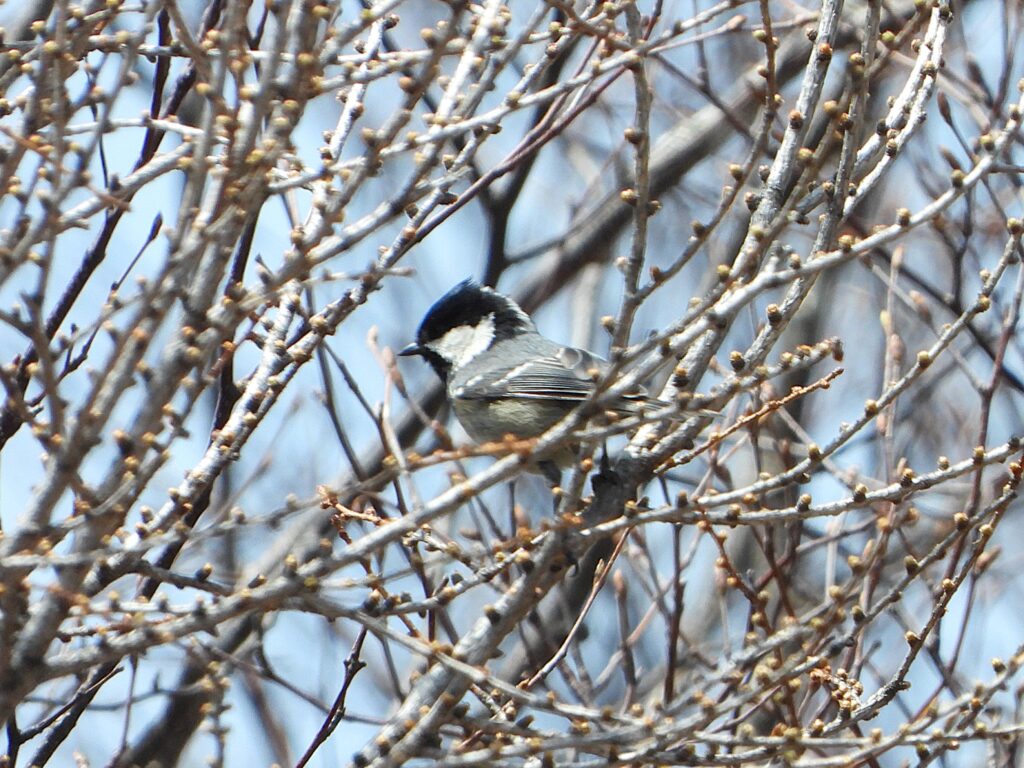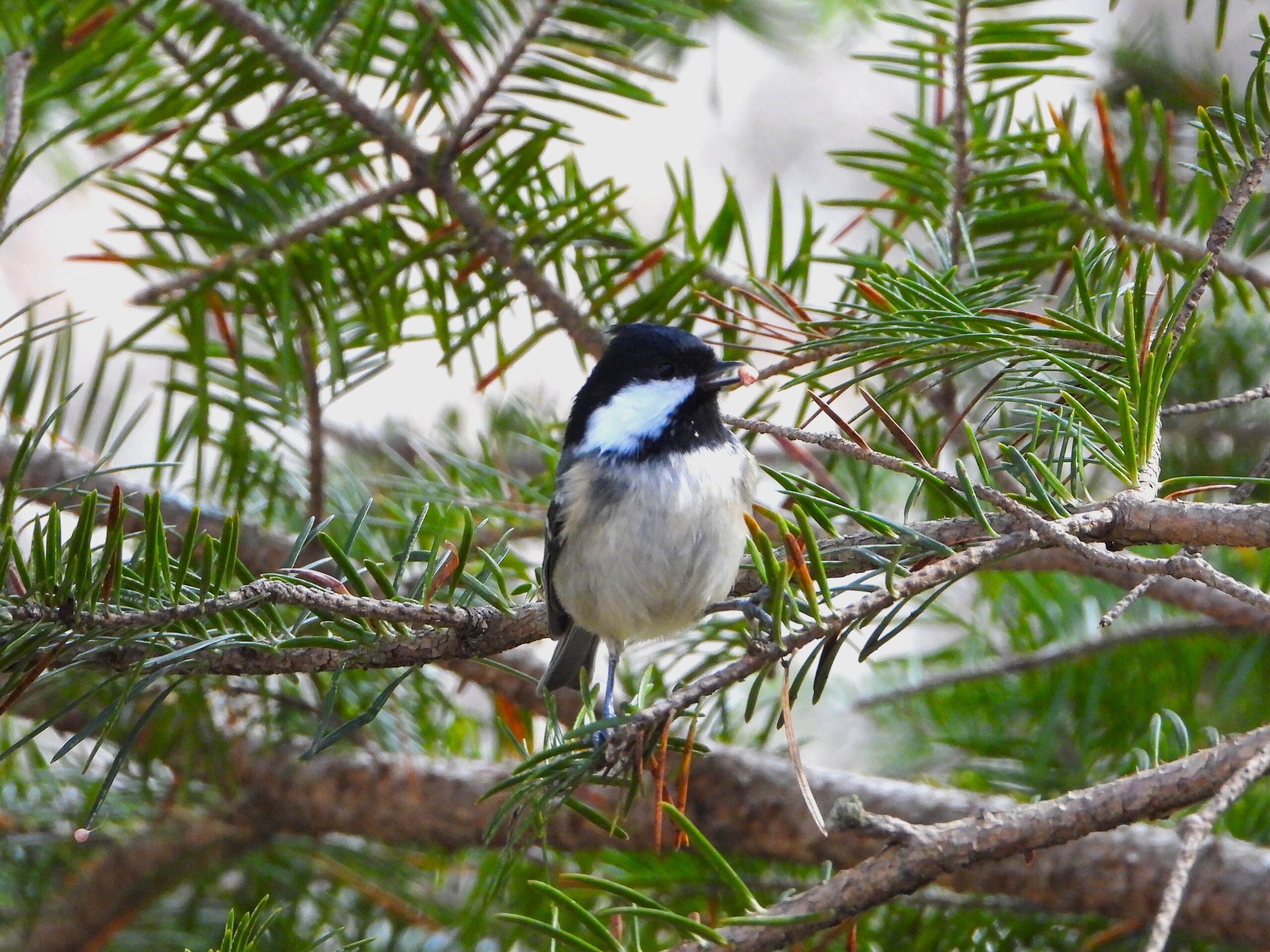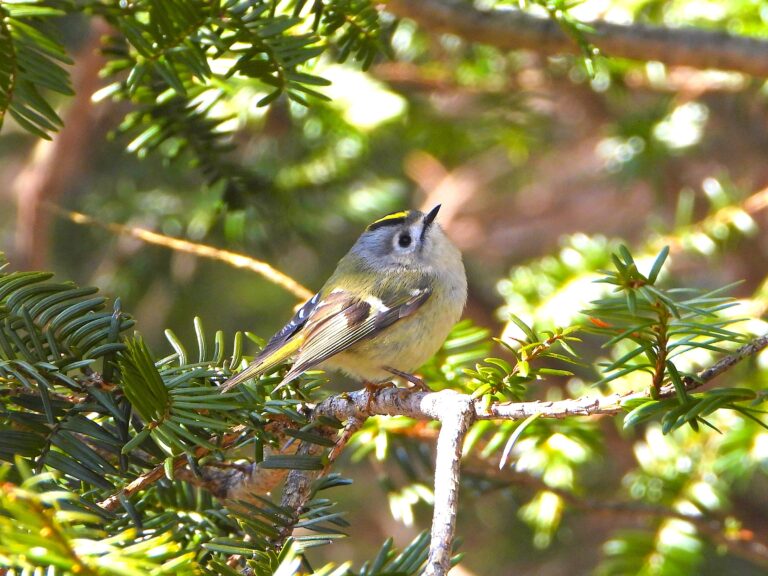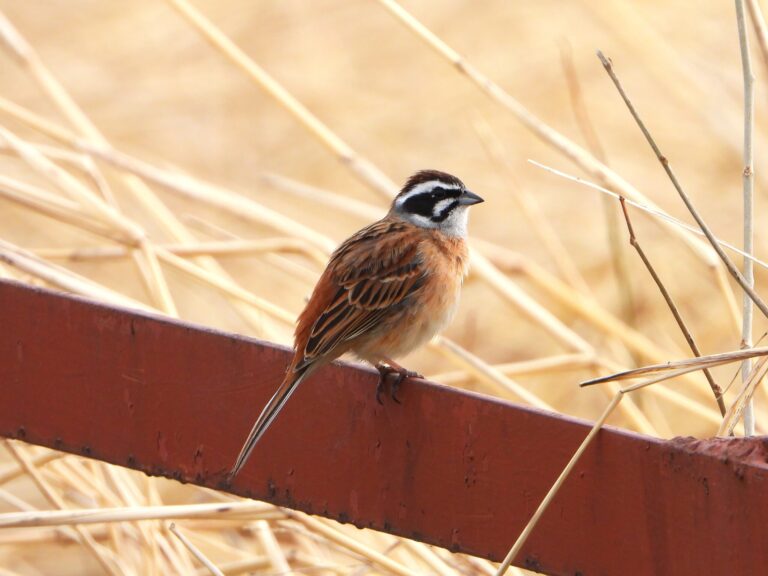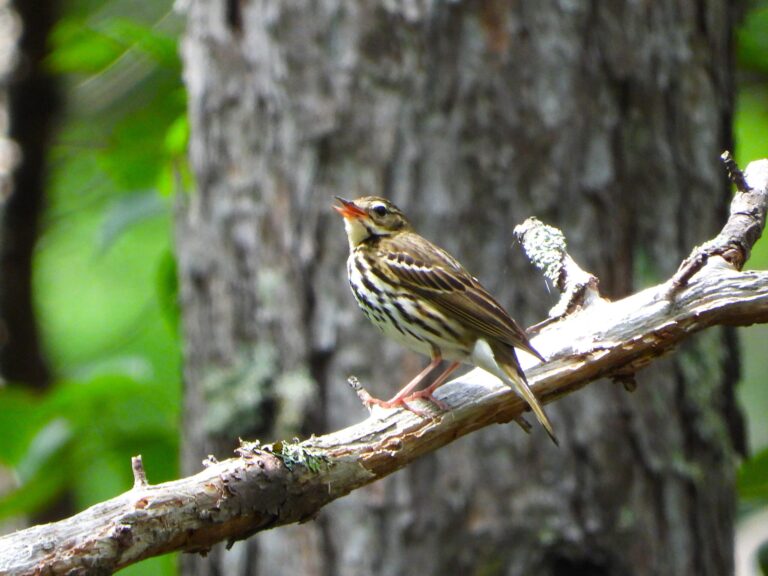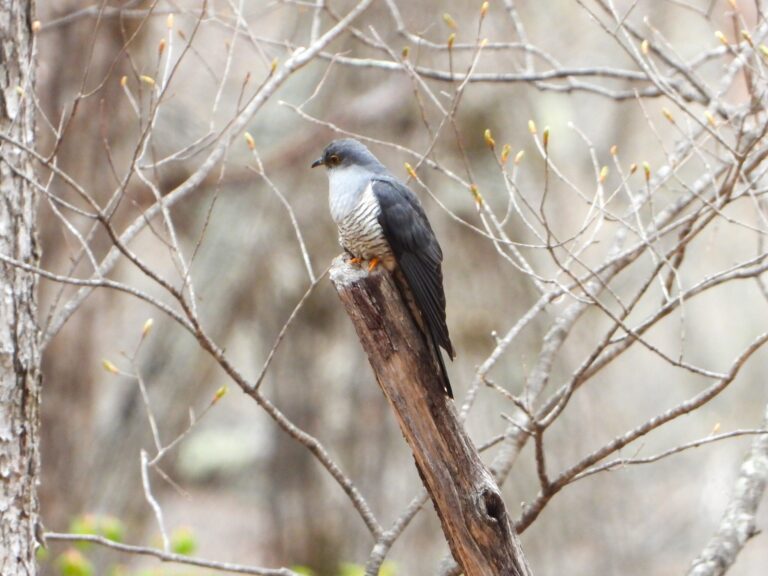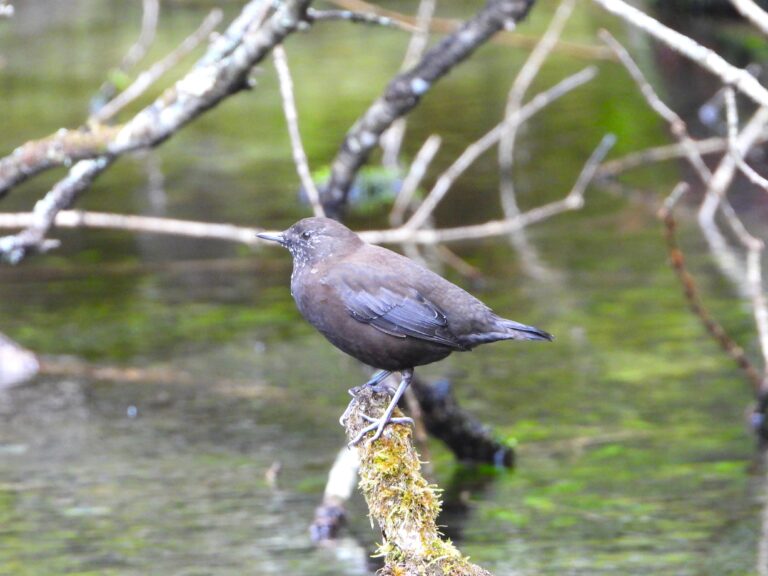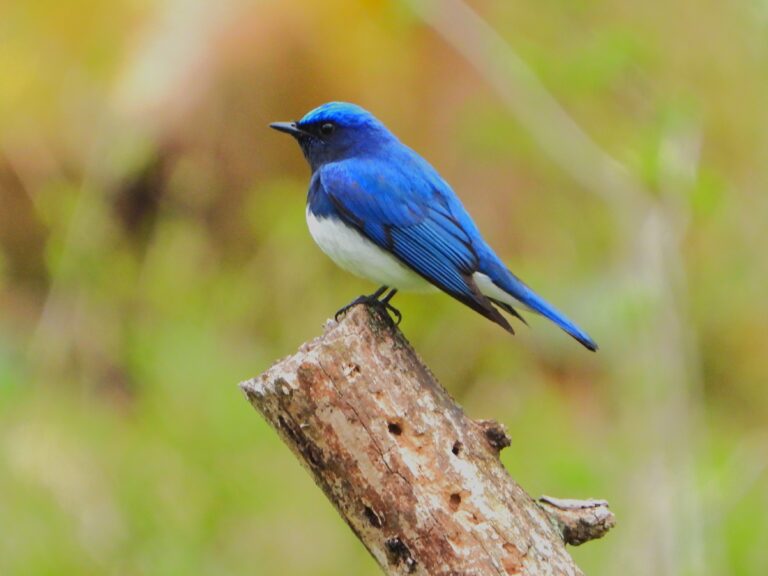Coal Tit (Periparus ater) – Wildlife of Japan
Introduction
The Coal Tit is the smallest member of Japan’s tit family, a lively and agile forager of conifer forests. Its large white nape patch and twin wingbars make it easy to identify as it flits through pines, often joining mixed flocks in winter.
Taxonomy & Names
Family Paridae; genus Periparus. Japanese populations belong to the subspecies P. a. insularis. English name: Coal Tit. Scientific name: Periparus ater. In Japan it is a year-round resident from Hokkaido through Honshu and Shikoku to Kyushu, with records extending south to Yakushima.
Appearance (Key ID Points)
A very small tit (10–11.5 cm) with a black head and throat, a conspicuous white nape patch, off-white cheeks, and two clear white wingbars. The upperparts are greyish. Juveniles are duller with yellowish cheeks.
Habitat & Distribution in Japan
Favors coniferous and mixed forests from lowlands to montane zones. Common in colder regions and descends to lower elevations in winter. Widespread across the main islands and larger adjacent islands.
Where to See in Japan
Coal Tits can be found year-round from Hokkaido to Kyushu, including Sado, Tsushima, and Yakushima. Look in montane conifer forests; in winter, check forest edges and conifer stands in parks where mixed flocks gather.
Behavior
Restless and nimble, often hanging from cones or twig tips while feeding. Outside the breeding season, it regularly joins mixed-species foraging flocks. Known as a scatter-hoarder, storing seeds in bark crevices and retrieving them later.
Diet
Insects and spiders dominate in spring and summer. Seeds, especially from conifers such as fir and larch, are important in autumn and winter. Readily visits garden feeders, favoring sunflower seeds.
Reproduction
Usually breeds once per year. Nests are placed in cavities—commonly in rotting stumps near the ground, but also in banks or old burrows. Clutch size is typically 7–11 white eggs with reddish speckles.
Similar Species (Quick Tips)
- Willow Tit (Poecile montanus) – lacks the Coal Tit’s white nape patch and wingbars; often excavates its own nest cavity in rotting wood.
- Japanese Tit (Parus minor) – has a black head and throat with a ventral “necktie” stripe, but no bold white nape patch or twin wingbars; usually nests in existing cavities or nest boxes.
Conservation
Listed as Least Concern and remains widespread and common in Japan.
Author’s Impression
Despite its tiny size, the Coal Tit is incredibly energetic. Even when winter forests fall silent, its sharp “see-see” calls and busy movements on pine cones bring life back to the woods. The species also seems less wary than many birds; while observing, I’ve had Coal Tits approach very close—sometimes to within touching distance. A truly charming bird.
Related Species
→ Read the full species profile: Willow Tit (Poecile montanus)
→ Read the full species profile: Japanese Tit (Parus minor)
